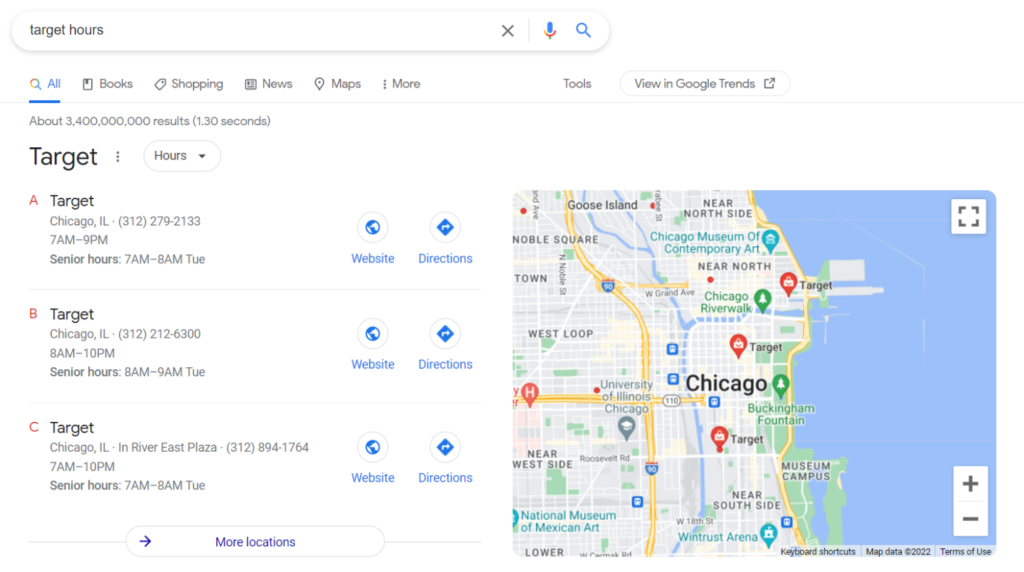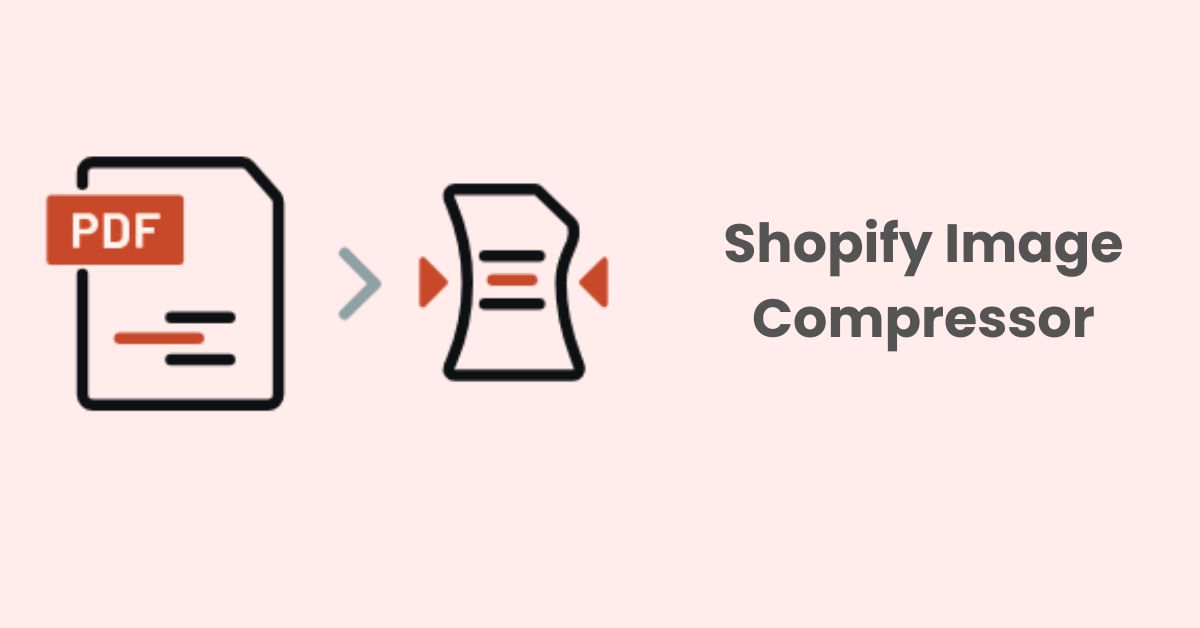What is Search Intent and Why Does it Matter for SEO?
For every minute, approximately 63,000 queries are processed by Google. Behind these queries are various search demands from users such as trading, information, entertainment,… that we call Search Intent.
1. What is Search Intent?
Search Intent – also referred to user’s intent, is the searcher’s main goal when typing their queries on Google or other search engines. When people type something, they are looking for something and expect to find more information about it. As Shopify Merchants, it is important for you to understand this term in order to deliver what your customers need and contribute to the conversion stages in the marketing funnel.
In this article, SearchPie will guide you through some different types of search intents, explain why it matters for your online business and how to optimize them effectively.
2. Why Is Search Intent Important In SEO?
Search intent is the cornerstone of a successful online experience, benefiting both users and content creators. For users, understanding intent leads to more relevant search results, faster discovery, and ultimately, greater satisfaction. Content creators, on the other hand, leverage search intent to develop targeted content strategies, achieve higher search rankings, and drive increased, qualified traffic. By aligning content with user needs, websites can improve conversion rates and gain a competitive edge. Ultimately, search intent bridges the gap between what users are seeking and what content providers offer, creating a more effective and rewarding online ecosystem.
In case the content creator failed to meet user search intent, there would be some detrimental effects on a website. A mismatch between content and intent leads to high bounce rates, low dwell times, and a poor user experience, ultimately signaling to search engines that the page is irrelevant. This results in lower search rankings, decreased traffic, and lost conversion opportunities.
3. Four Main Types Of User Intent:
Search intents categorize the reasons why a user performs a search. Understanding these intents is crucial for both search engines and content creators. Here are the primary categories:
3.1. Informational Intent:
Informational Search Intent comes from people who are looking for or learning something on search engines. At this stage, the searchers have not decided anything yet and are looking for information to support the decision-making process. A common way Informational Search Intent is expressed is through queries in the form of questions starting with What, Where, When, Who, Why and How, but sometimes it’s also expressed as a normal phrase.
Examples:
- “How to optimize SEO for my Shopify store?”
- “What is Search Intent in SEO?”
- “Why should I do SEO audit for my website?”
- “Shopify SEO app”
3.2. Navigational Intent:
This user’s intent appears when the customers are confused between different brands and products. Indeed, they have not decided which decision would satisfy their need. Therefore, their search queries are performed under comparisons, verdicts to discover the BEST options among groups of brands/products/services.
It is important to acknowledge that these potential customers DO have intentions to purchase products/services. However, it takes time and additional information to convince them make the final decision.
Examples:
- “Best SEO app for Shopify”
- SearchPie SEO & Speed Booster reviews”
- “Top 10 SEO apps for Shopify”
3.3. Transactional Intent:
Once customers get to this stage and perform the search queries on search engines, they wwant to perform an action, often involving a purchase. They are ready to buy, download, sign up, or engage in some other transaction. Usually, search queries with transactional intent will include the specific product/service name along with words like: buy, order, where, price, discount/promotion…
Transactional Search Intents will have a HIGHER conversion rate, so you should prioritize optimizing for them compared to Informational Intents that provide information.
Examples:
- “Download SearchPie app”
- “Install SearchPie app”
- “SearchPie SEO app”
3.4. Commercial Intent:
This intent falls between informational and transactional. The user is researching products or services with the intention of making a purchase in the near future. They are comparing options, reading reviews, and gathering information before committing.
Examples:
- “Best SEO App for Shopfiy,”
- “top 10 SEO app on Shopify”
- “Compare Shopify SEO App”
While these are the core categories, it’s important to recognize that users’ intent can be nuanced and sometimes overlap. A single search query could have multiple potential intents. For example, “best running shoes” could be informational (someone looking for advice on choosing running shoes) or commercial investigation (someone ready to buy soon). Context and other search signals help search engines determine the most likely intent.
4. How to identify Search Intent:
4.1. Identify User Intent based on search queries:
A common method used by SEO experts to determine User’s Intent is to analyze the semantics of keywords – the phrases within a user’s search query often clearly describe the User Intent.
For example, when entering the keyword “install SearchPie app” – it’s completely understandable that the searcher wants to buy (Transactional User Intent). Or in another case, when searching for “how to optimize Shopify SEO” – they clearly need specific instructions (Informational Search Intent).
Here are some of the most commonly used keywords for each type of Search Intent:
| Infomational | Navigational | Transactional | Commercial investigation |
| How to? | Brand name | buy/sell/hire | top/ best |
| What? | Product name | order | review/opinion |
| Who? | Service name | price/ low price/ best price/ free | comparision |
| Where? | “keyword” + [Local area] | Product description (Color, Materials,…) | |
| When | |||
| Instructions | |||
| Tips/Guides | |||
| Examples |
4.2. How to identify User Intent with SearchPie?
There are multiple online SEO tools helping merchants to identify their customers’ keyword search intents. However, picking one that integrates well with your Shopify store is a challenge. SearchPie – an all-in-one SEO tool built for Shopify might be an ideal solution for your online business with its mighty algorithms to leverage your store’s visibility on search engines.
Step 1: Do keyword research with SearchPie’s Keyword Explore feature:
Once you open the Keyword Explore feature in SearchPie, start doing keyword research by typing search queries into the search bar. Shortly after clicking the SAVE button, the results will show you different search intents for each keyword. You can also narrow your search by filtering the search intents that you are researching.

Step 2: Optimize for search intents:
Optimize for Informational User intent:
Optimizing for informational intent revolves around becoming a trusted source of information. This means crafting in-depth, accurate, and easily digestible content that goes beyond surface-level answers.
Target long-tail keywords, those longer, more specific phrases that reflect how users actually search. For example, instead of optimizing for “coffee,” target “how to brew French press coffee at home.” Structuring your content for featured snippets, those concise answers that appear at the top of search results, is crucial. Use clear headings, bullet points, tables, and visuals like images and videos to make information easily scannable and engaging. Therefore, building topical authority by consistently covering related subjects within your niche establishes your site as a go-to resource for users seeking information in that area.

Optimize for Navigational User Intent:
When targeting navigational intent, the primary goal is ensuring users can easily find your website. This involves optimizing for branded keywords, ensuring your site ranks highly for searches related to your brand or company name.
Claiming and optimizing your Google Business Profile is essential, providing accurate and up-to-date information about your business, including location, contact details, and operating hours. A strong social media presence complements this, offering additional avenues for users to discover and connect with your brand. Finally, prioritize a seamless and positive user experience on your website, making it easy for visitors to navigate and find the information they seek.

Optimize for Transactional Intent:
Optimizing for transactional intent focuses on converting users ready to make a purchase. According tp SEO experts, product pages should be meticulously crafted with clear and concise titles, detailed and persuasive descriptions, high-quality images showcasing the product, and authentic customer reviews. Also, prominent calls to action are essential, guiding users toward adding items to their cart and completing the checkout process. Moreover, implementing schema markup, which provides structured data about your products, helps search engines understand and display relevant information like price, availability, and reviews directly in search results. Therfore, offering competitive pricing and promotions can attract price-sensitive shoppers, while a fast, secure, and user-friendly checkout process minimizes friction and builds trust, ultimately increasing conversions.

Optimize for Commercial Intent:
Last but not least, commercial investigation intent requires catering to users researching and comparing options before making a purchase. What you should do are creating in-depth comparison content that analyzes different products or services based on key features, price, and performance. Furthermore, publishing unbiased and informative product reviews provides valuable insights to potential buyers. Moreover, developing comprehensive buying guides that offer expert advice and recommendations helps users navigate their options and choose the best product for their specific needs. Target keywords related to comparison and research, such as “best,” “top,” “review,” “compare,” “vs,” and “alternative.”
It is important to note that backing up your claims and recommendations with credible data and research to establish trust and authority. By addressing these various aspects of commercial investigation, you position your website as a valuable resource for users in the decision-making process.

Conclusion:
Understanding and optimizing for user intent is no longer a nice-to-have, but a necessity for any Shopify merchant looking to thrive in today’s competitive online landscape. By aligning your content with what your customers are actually searching for, you can significantly improve your website’s visibility, drive more qualified traffic, and ultimately boost your bottom line. From attracting information-seekers with comprehensive guides to converting ready-to-buy customers with optimized product pages, addressing user’s intent is key to unlocking your store’s full potential. Ready to take your Shopify SEO to the next level? Install the SearchPie app today and start leveraging the power of search intent for your business!





